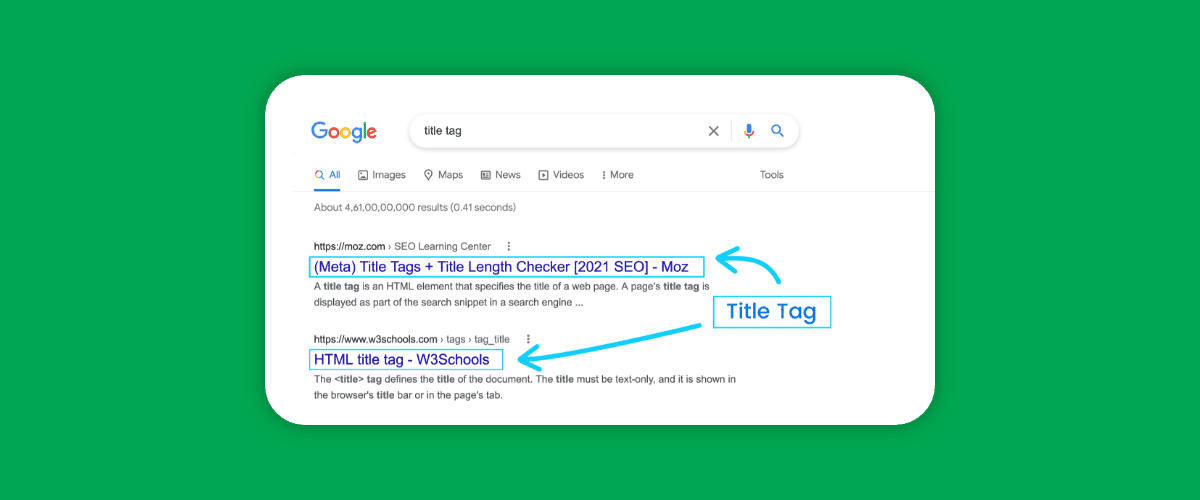Five ways to optimize your nonprofit’s website content.
Your nonprofit can have the most amazing website on the planet, but if nobody can find you, it’s just going to sit there to the sound of crickets.
It’s true. You’ll get no visitors, no engagement, no action. That’s why it’s vital to use SEO best practices and optimize the content on your website for search engines.
And fear not; we’re not going to suggest you invest with a SEO expert. For the great majority of nonprofits, that’s not necessary. But there are several things that you and your staff can do that don’t take much time or effort AND give you a great return on your investment.
Here are five easy ways to optimize the content on your site for search and be found first:
1. Populate your content with the correct keywords.
Once you determine the appropriate keywords for your nonprofit, sprinkle them liberally throughout your site. Include them in the copy, the headlines—wherever it makes sense and seems natural.
For example, a local humane society might decide to use keywords like “adopt a pet,” “pet adoption” and “adopting a dog.” These are the terms that people could use when they’re searching for a humane society, which are exactly what you want your keywords to be: search terms. Just don’t go overboard. Using too many keywords amounts to keyword stuffing, which can hurt your efforts to rank.
2. Don’t use GIFs.
This tip has been around for a while, but it’s still true: these things get in the way of SEO. Search engines don’t like them, and they’ll hurt your rankings. Also, beware of third-party plugins as a solution to show your organization’s information. Too many give all of your content to the browser in one pile of code that isn’t indexable by most search engines, so for best results, stick to HTML content.
3. Avoid pages on your website that have little or no content.
Search engines are pretty smart. If they see you have pages on your website that offer little to no value to users, it’ll hurt you. Be sure each page on your site has unique content that offers value to your visitors.
4. Limit your title tags to 55–60 characters.
Your search engine title tag is what appears in search results, or on the SERP (search engine results page). The rule of thumb with title tags is to keep them under 512 pixels in width, or 55–60 characters. Other best practices include placing keywords as close to the beginning as possible. The closer a word to the start of the tag, the more influential it is. And if you include a brand, place it at the end unless it’s a well-known brand that people search for. Also, avoid keyword stuffing.
5. Don’t overlook image SEO.
When you include images on different pages of your website and in blog posts, you’ll want to optimize these for search as well. You can do this by including a proper keyword phrase in the image file name, title text and alt text. In many content management systems, you can update both the title text and alt text of your images as you’re uploading them to your website. This is important because search engines don’t “see” your images, but they do index the image names.
You don’t have to hire an SEO expert to improve your site’s ranking. Just pay attention to SEO best practices and, for the majority of nonprofits, you’ll improve your spot in the results by following the basics.










Great ideas and tips. Website content optimisation is so important.